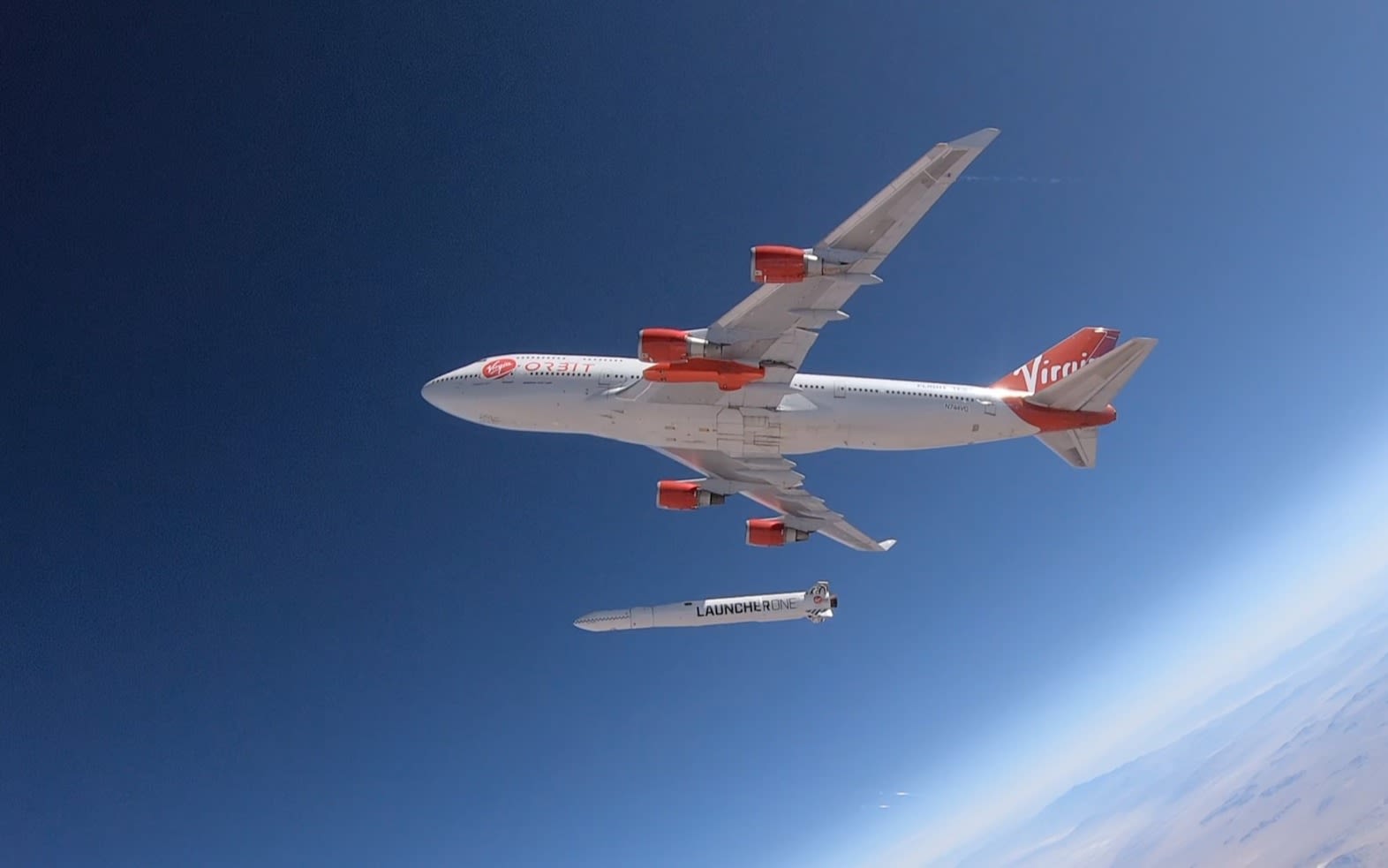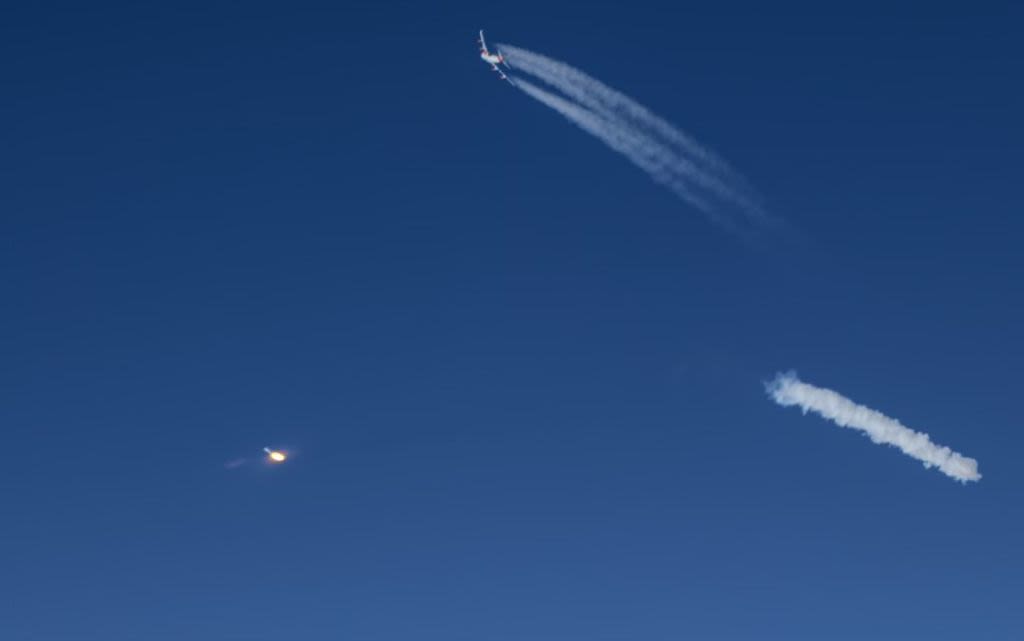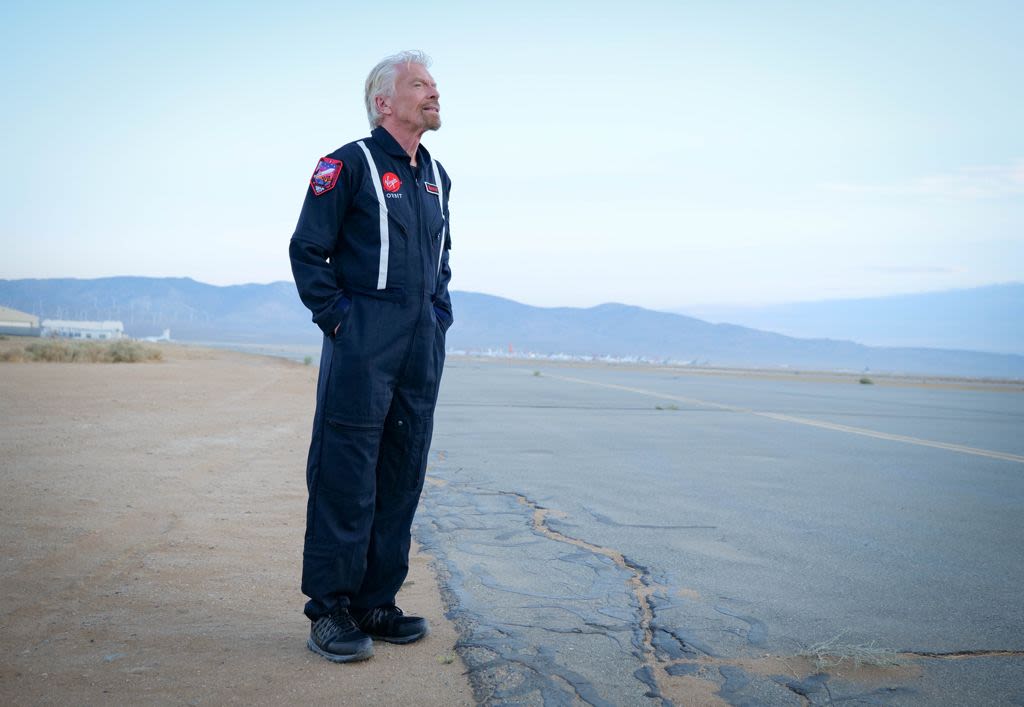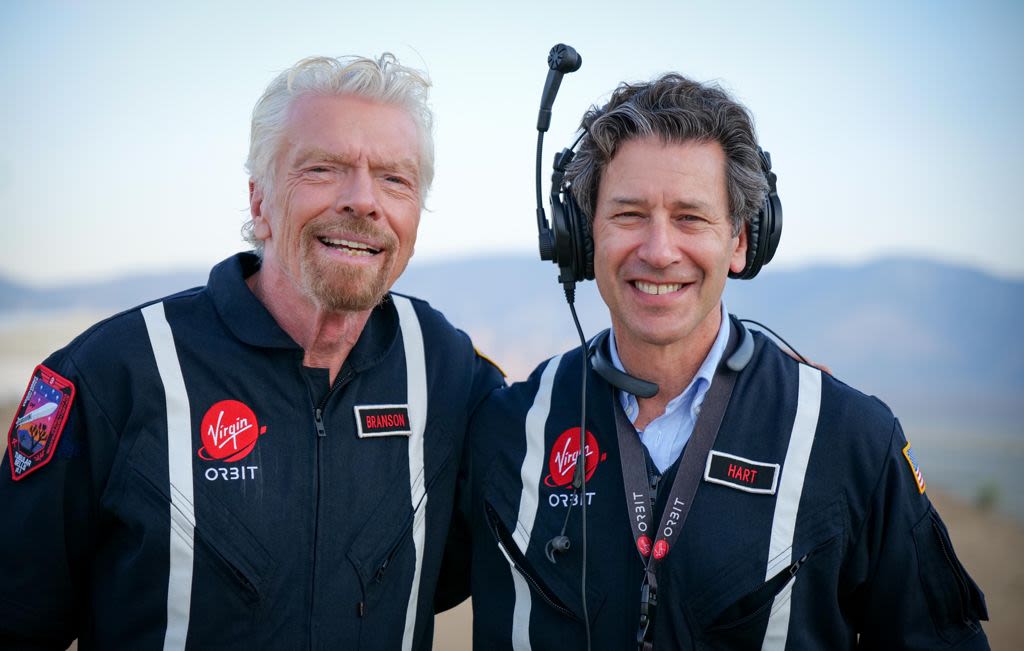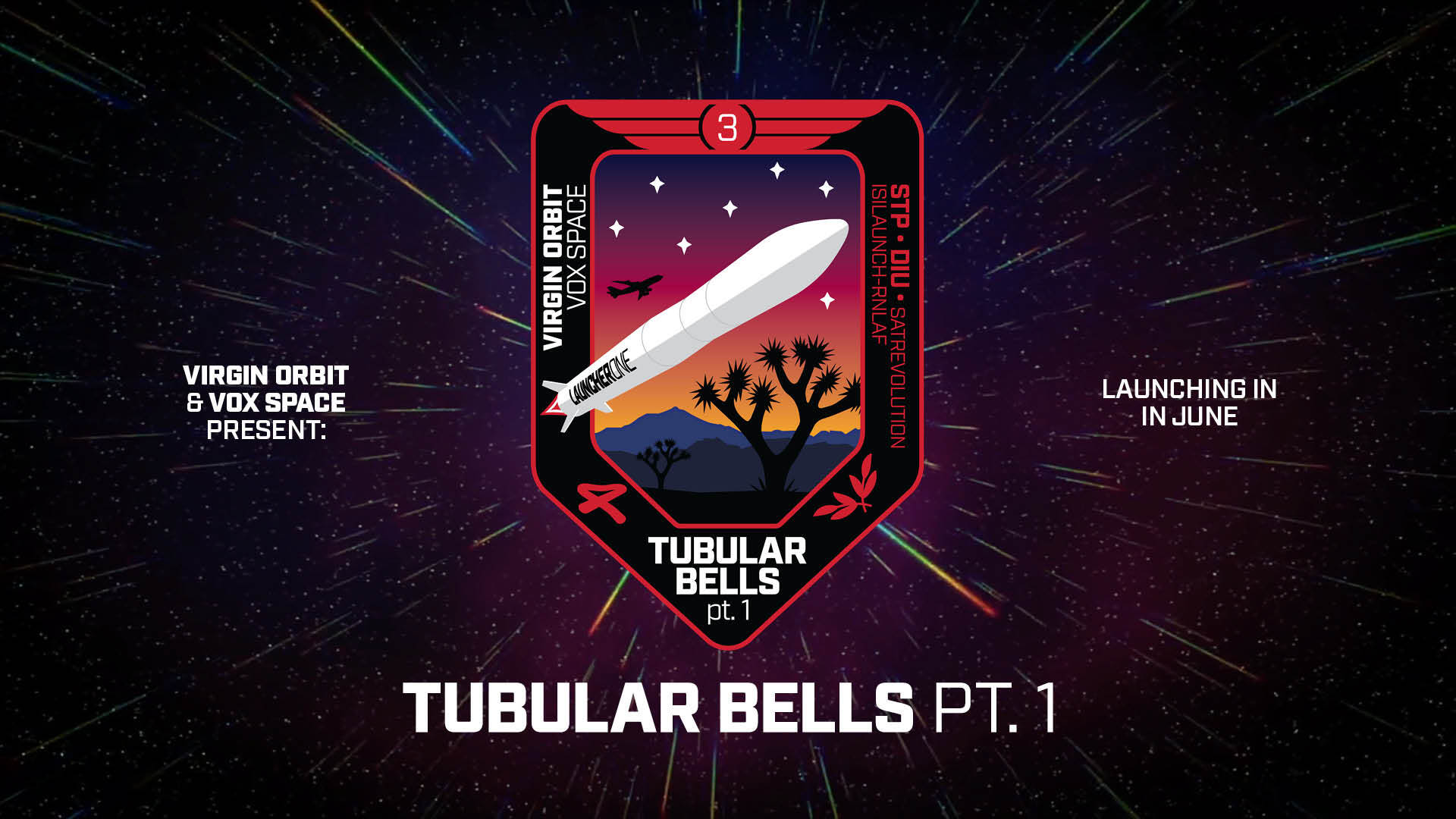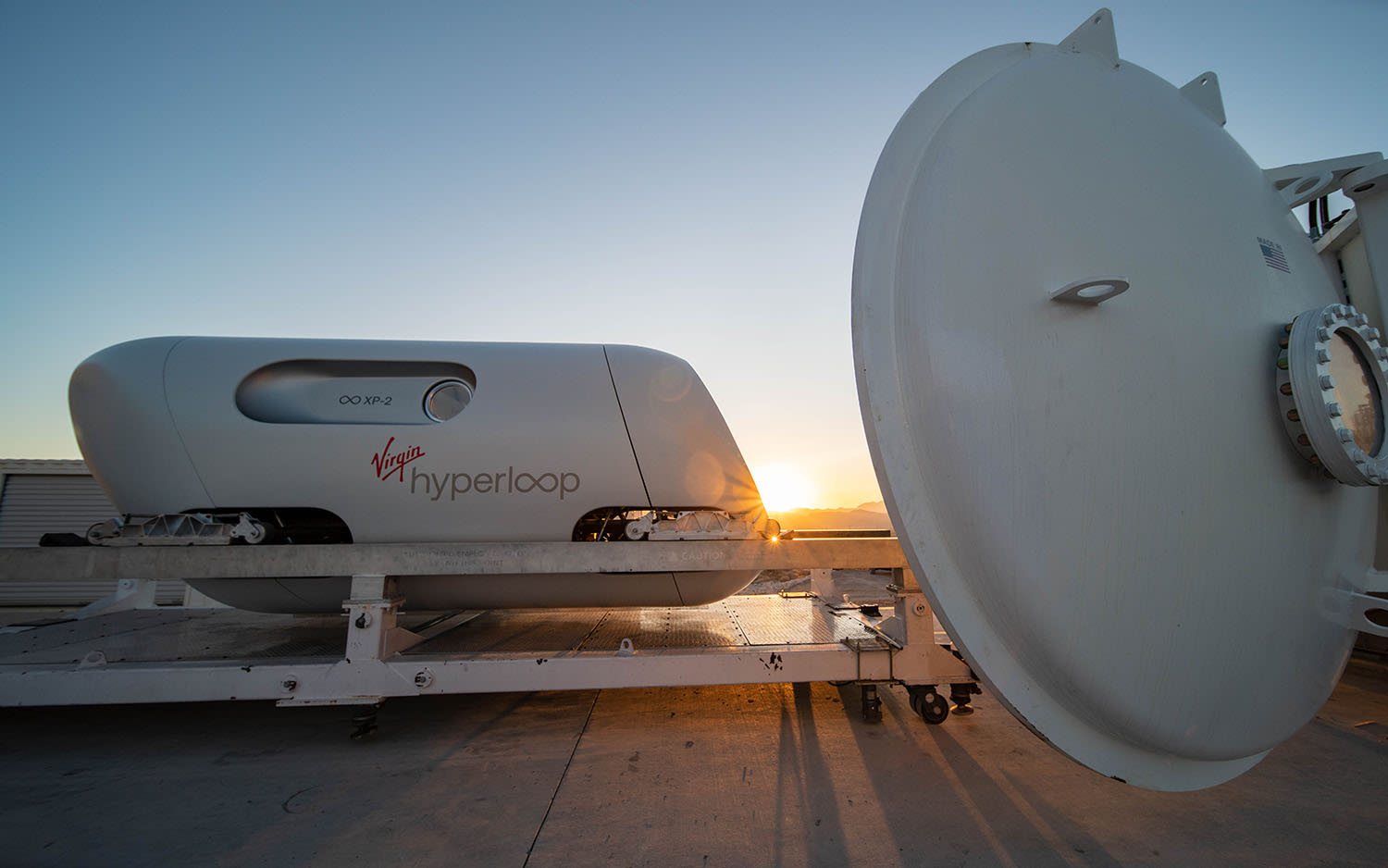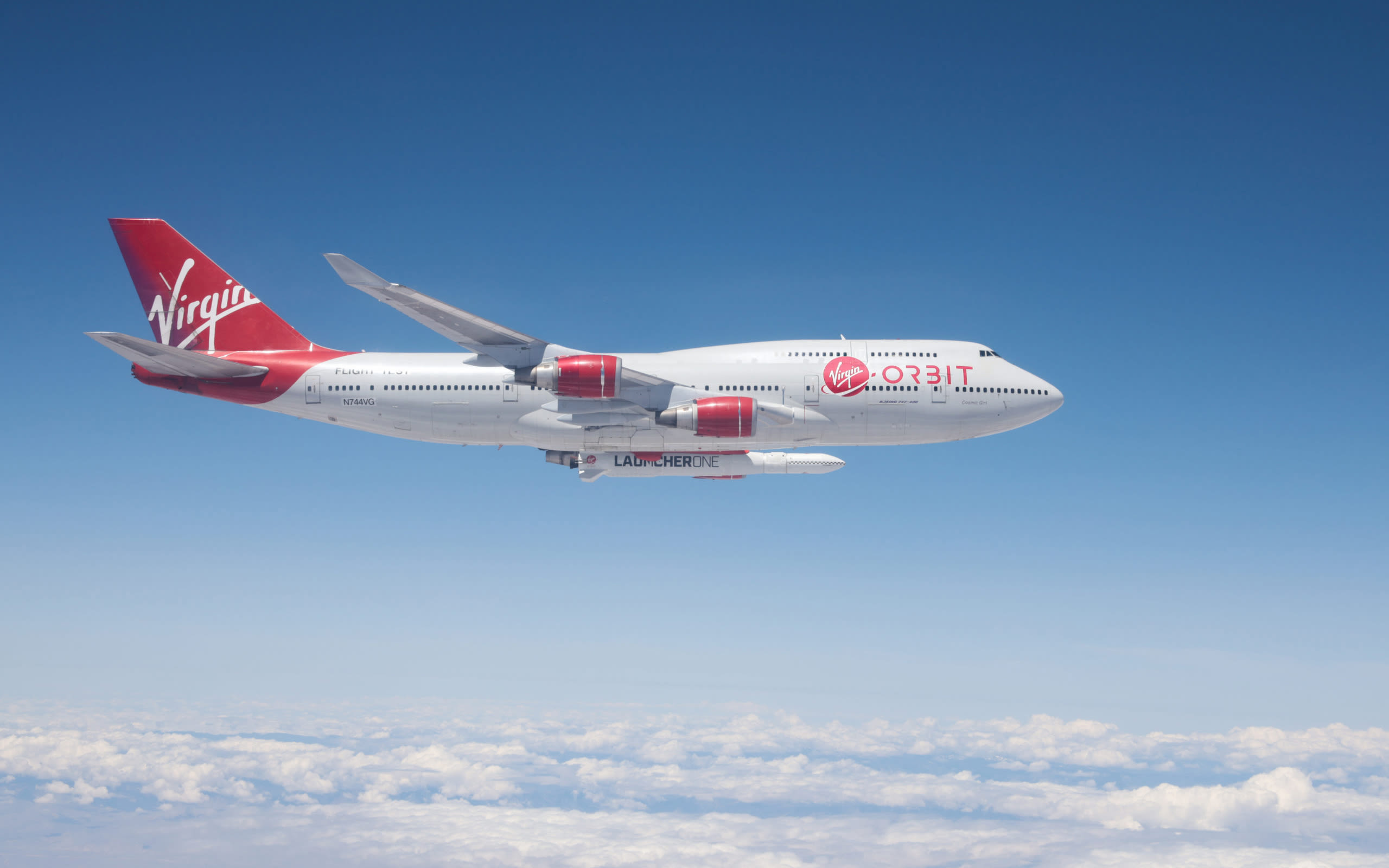Virgin Orbit reaches space for the second time
Virgin Orbit has successfully completed its second mission to space, deploying all seven customer satellites onboard into orbit.
The picture-perfect mission, named Tubular Bells: Part One in homage to the first album released by Virgin Records, was globally livestreamed for everyone to watch along at home.
What happened on the mission?
Pilot Kelly Latimer flew Virgin Orbit’s 747 carrier aircraft Cosmic Girl from Mojave Air and Space Port out to a launch site over the Pacific Ocean, about 50 miles south of the Channel Islands.
Kelly was joined in the cockpit by Chief Pilot Eric Bippert, who has more than 1,000 hours of experience in test flights alone. They were observed from the jumpseat by Flight Lt. Matthew Stannard (AKA Stanny), a Royal Air Force pilot on secondment with the Virgin Orbit team.
After a smooth release from the aircraft, the LauncherOne rocket ignited and propelled itself towards space, ultimately deploying its payload into a precise target orbit approximately 500km above the Earth’s surface.
Virgin Orbit’s novel launch system uses a technique called air launch, in which a rocket is launched from under the wing of a jet aircraft, rather than from a traditional launch pad on the ground. In addition to improving the payload capacity of the rocket, this technique allows the LauncherOne system to be the world’s most flexible and responsive launch service - flying on short notice and from a wide variety of locations to access any orbit.
What did Virgin Orbit send into orbit?
LauncherOne carried a total of seven satellites to Low Earth Orbit (LEO) for this rideshare mission: four R&D CubeSats for the US Department of Defense, two optical satellites for SatRevolution, and the Royal Netherlands Air Force’s first military satellite.
Small satellites have huge potential to change people’s lives for the better. They connect us to each other, help us understand the world around us, keep us safe, grow the world’s economies, and expand the limits of human knowledge.
What’s next?
This successful commercial mission follows on from Virgin Orbit’s first Launch Demo in January.
“A flawless launch demo followed up by this perfectly executed mission is a one-two punch that really speaks to our team’s abilities. They’re making air launch look easy — and I can tell you from experience that it’s not,” said Virgin Orbit CEO Dan Hart. “We can now proudly say that 17 satellites launched by our system are up in space. We’re looking forward to growing that number tremendously as we push to ramp up our flight cadence in the coming months.”
Follow Virgin Orbit on Twitter for updates and head over to Virgin Orbit’s website to learn more about how and why the team launch satellites into Orbit.
